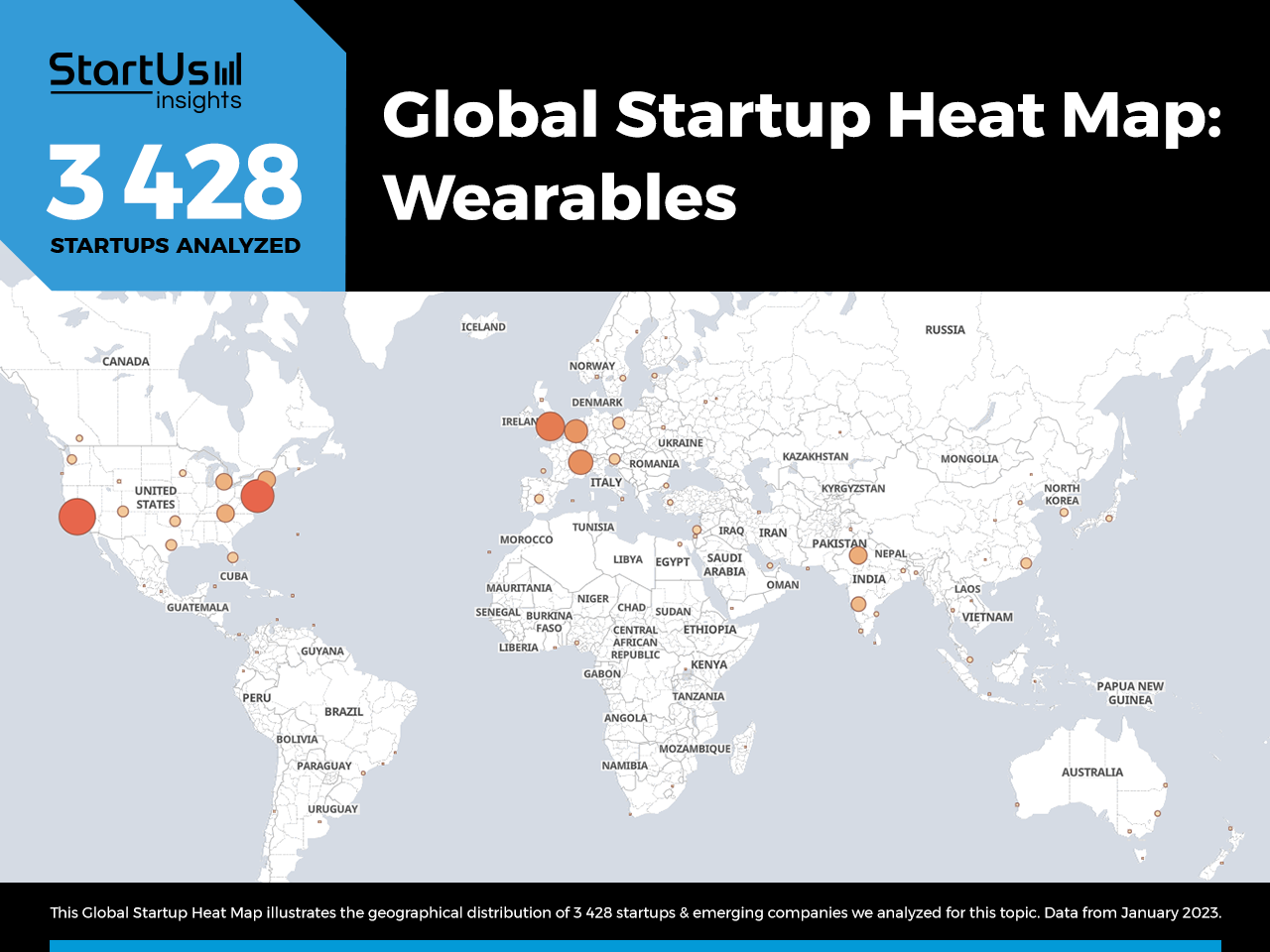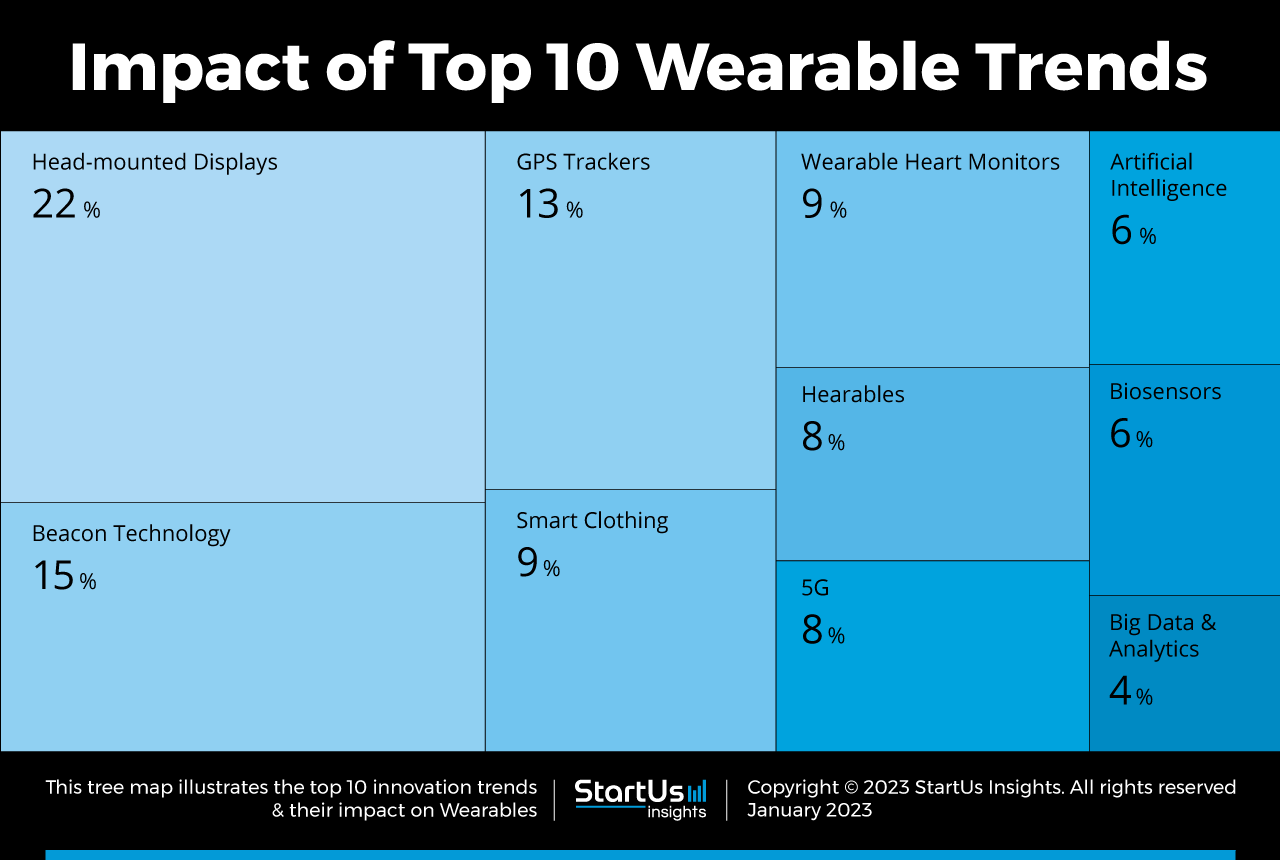
The wearable technology market is evolving rapidly, influenced by advancements in health monitoring, artificial intelligence, sustainable practices, and cross-device integrations. As we look ahead to 2024 and beyond, several key trends are emerging that will redefine how these devices fit into our daily lives.
Enhanced Health Monitoring Capabilities
One of the most significant trends in wearable technology is the continual improvement in health monitoring features. Devices are expected to advance in tracking metrics such as blood pressure, glucose levels, and stress levels. This transition is largely driven by demands for proactive health management, making wearables more like personal health assistants. For instance, smartwatches are anticipated to include non-invasive blood glucose monitoring, which allows diabetics to manage their condition without invasive procedures[4][7]. Additionally, features aimed at detecting sleep apnea and other health conditions are likely to become standard across various wearable devices, enhancing their utility in everyday health management[5][10].
Integration of Artificial Intelligence

Artificial intelligence (AI) and machine learning are poised to play pivotal roles in the future of wearables. With AI-driven insights, wearables can analyze users' health data to provide personalized recommendations. For example, fitness trackers might adapt workout plans based on historical data from users' activity levels and health metrics[8]. AI capabilities will also enhance user experience by improving device interactivity and enabling voice commands, making devices more intuitive and user-friendly[2][7][11].
Smart Fabrics and Clothing
The trend towards smart clothing is gaining significance, with several companies integrating technology directly into apparel. These smart fabrics can monitor various vital signs and deliver real-time feedback, merging the functionalities of traditional wearables with the comfort and style of everyday clothing. Innovations in this area are expected to incorporate sensors that track health metrics unobtrusively, expanding the market for 'smart fashion' significantly in 2024 and beyond[9][11].
Sustainable Practices and Eco-Friendly Materials
5G Connectivity
The rollout of 5G technology is set to further revolutionize the wearables market by enabling faster data transfer and lower latency, facilitating real-time communication and remote monitoring for health management applications. This connectivity will allow wearables to seamlessly integrate with other smart devices within a user’s ecosystem, enhancing their functionality[2][8][11]. The integration of wearables into smart home systems could allow users to control their environments with greater ease, making technology more accessible and integrated into daily routines.
Expansion in the Pet Wearables Market
Alongside human application, the wearables trend is expanding into the pet market. Devices focused on health tracking for pets are set to become more prevalent, targeting owners who want to monitor their animals' health metrics in real time. This emerging segment showcases the versatility of wearable technology and its potential to cater to new demographics and market needs[5][11].
Growing Importance of Mental Health Tracking
As awareness of mental health issues increases, wearables are likely to incorporate features aimed at tracking mental well-being. Devices may soon offer functionalities such as stress tracking, sleep quality assessment, and even alerts for potential mental health issues, thereby broadening the scope of health metrics that these wearables can monitor[3][4]. This capability aligns with a growing consumer demand for holistic health management tools.
Legal and Regulatory Challenges
With the advancement of wearable technology comes the challenge of regulatory compliance. Companies will face scrutiny regarding data privacy and security as wearables increasingly collect sensitive personal health data. Legal disputes over technology rights and patents, such as those involving major players like Apple and other tech companies, are anticipated to shape the landscape of wearable tech in 2024 and beyond[8][9]. Compliance with regulations, such as FDA approvals for health-monitoring functionalities, will also become critical as wearables broaden their health applications.
Conclusion
The future of wearable technology promises significant advancements in health monitoring, sustainable practices, and smart integrations with daily life, emphasizing the importance of AI and user personalization. As trends continue to evolve, these devices are set to become even more integral to our health management and daily routines, contributing to improved quality of life and enhanced connectivity across various aspects of modern living.
Get more accurate answers with Super Pandi, upload files, personalized discovery feed, save searches and contribute to the PandiPedia.
Let's look at alternatives:
- Modify the query.
- Start a new thread.
- Remove sources (if manually added).